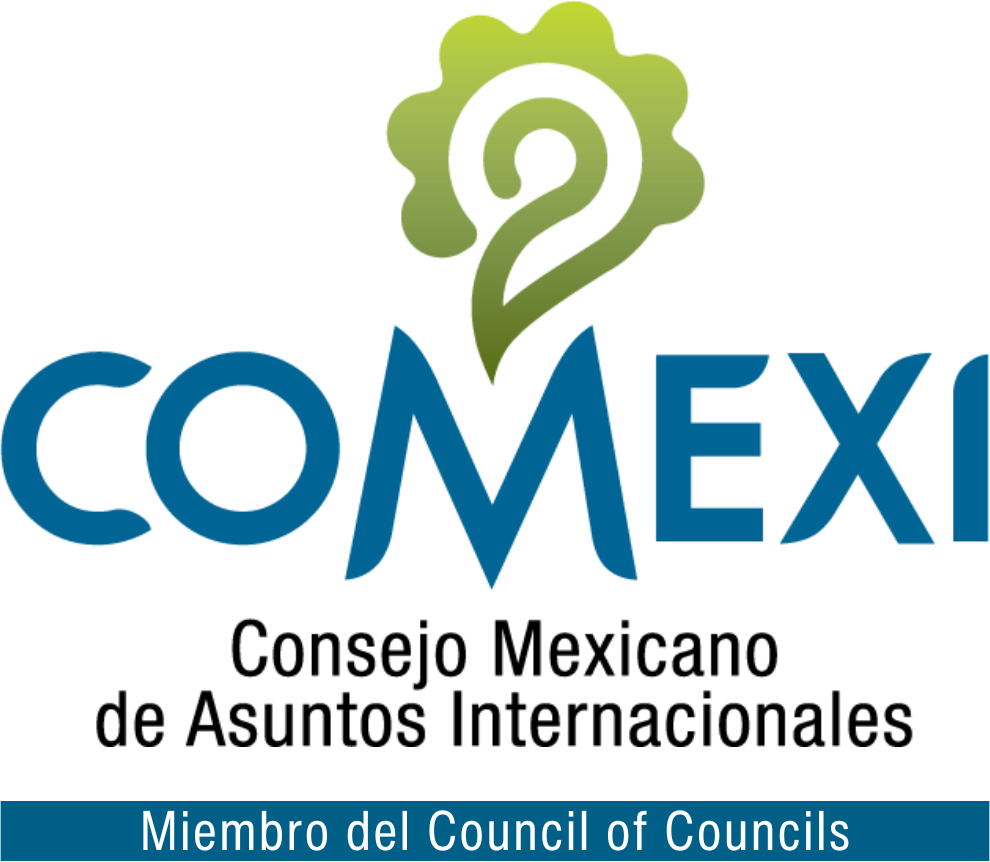Fecha Publicación: 08-04-2025
The U.S. has implemented tariffs on a wide range of imports from its trade partners, with some exceptions for goods that comply with the USMCA agreement. These tariffs aim to strengthen the U.S.’s position in the global economy, protect American workers, and promote domestic production of certain goods. Additionally, the tariffs are intended to reduce the U.S. trade deficit and generate revenue that could help offset the expected loss in tax revenue due to anticipated domestic tax cuts. Given the complexity and scale of these measures, it will take months—or even years—before their full impact becomes clear. However, several potential outcomes can be anticipated.
One possibility is that the U.S.’s trade partners will respond by reducing some tariffs and non-tariff barriers that currently restrict U.S. exports. In turn, the U.S. may then reduce its own tariffs, leading to more open and reciprocal trade. While this scenario remains plausible, another potential outcome is that some countries might challenge the legitimacy of unilateral tariff increases, either at the World Trade Organization (WTO) or through regional trade agreements. In response, these countries might impose higher tariffs on U.S. exports, especially impacting the U.S. agricultural and services sectors. Such retaliatory measures could undermine the U.S.’s goal of reducing its trade deficit.
Sigue leyendo aquí




